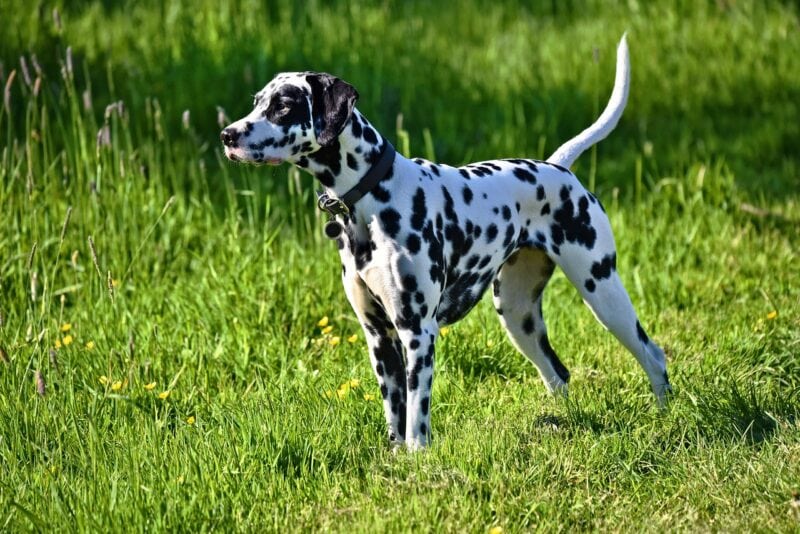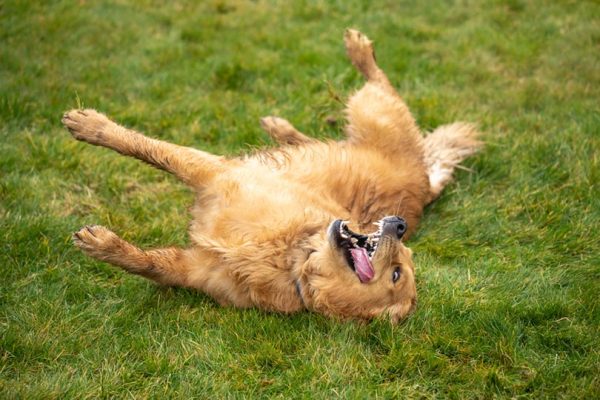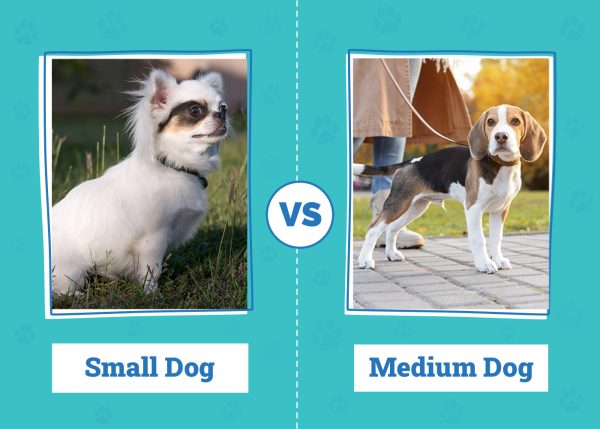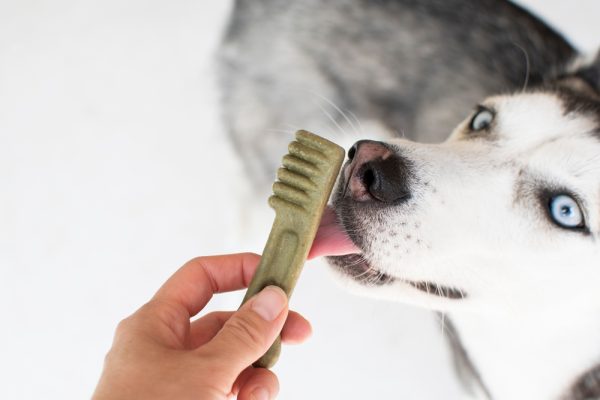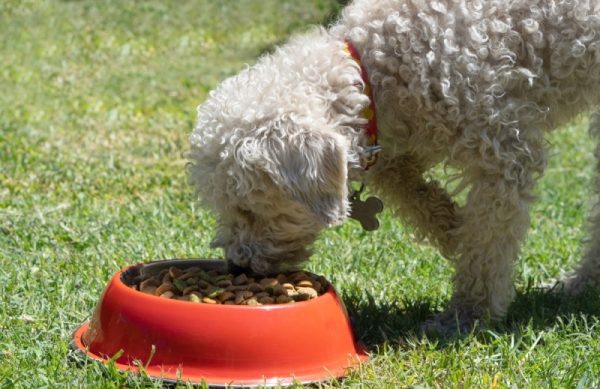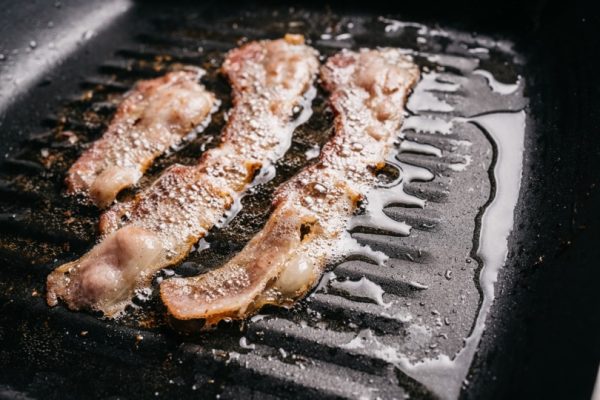One image probably comes to mind when you think about a classic Dalmatian—a white dog with black spots. After all, that is classically how they’re portrayed in movies and likely the most common version you’ve seen.
You might be surprised to learn they come in six color varieties accepted by the AKC. Below, we’ll discuss the Dalmatian’s color variations along with some other intriguing facts about the breed.

The 6 Dalmatian Colors
1. White & Black
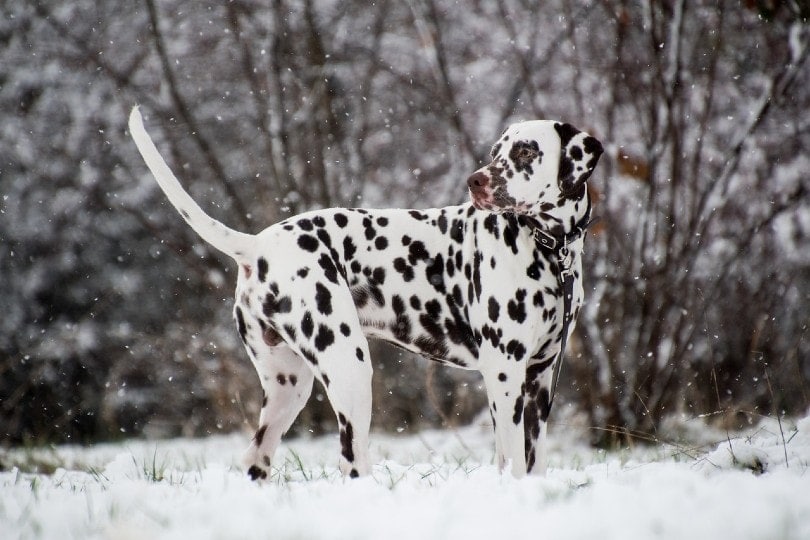
White and black is the most prevalent color for Dalmatians. Classically, they have pure white coats with black spots and dots all around.
2. White & Liver
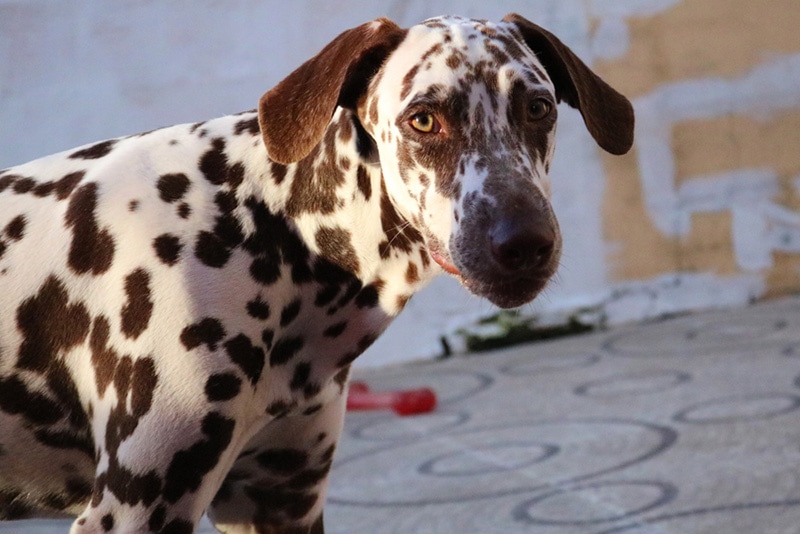
Due to recessive genes inherited from both parents, your Dalmatian puppy can also have liver spots. This is the second most common color and carries dark brownish-red tones. It is less traditional and sure to turn heads!
3. White & Orange
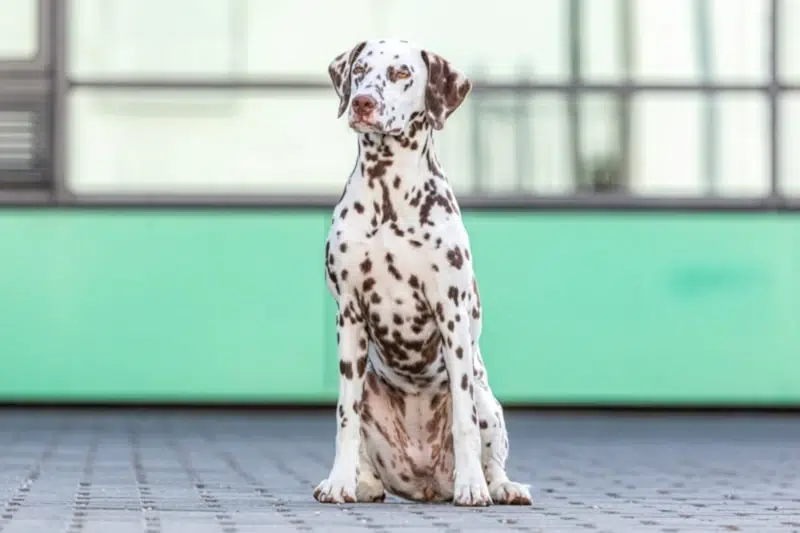
White and orange is a very rare color combination for Dalmatians. The coat is very similar to that of a hound dog, but the pattern variation is much different. The orange tends to be more rusty colored.
4. White & Lemon
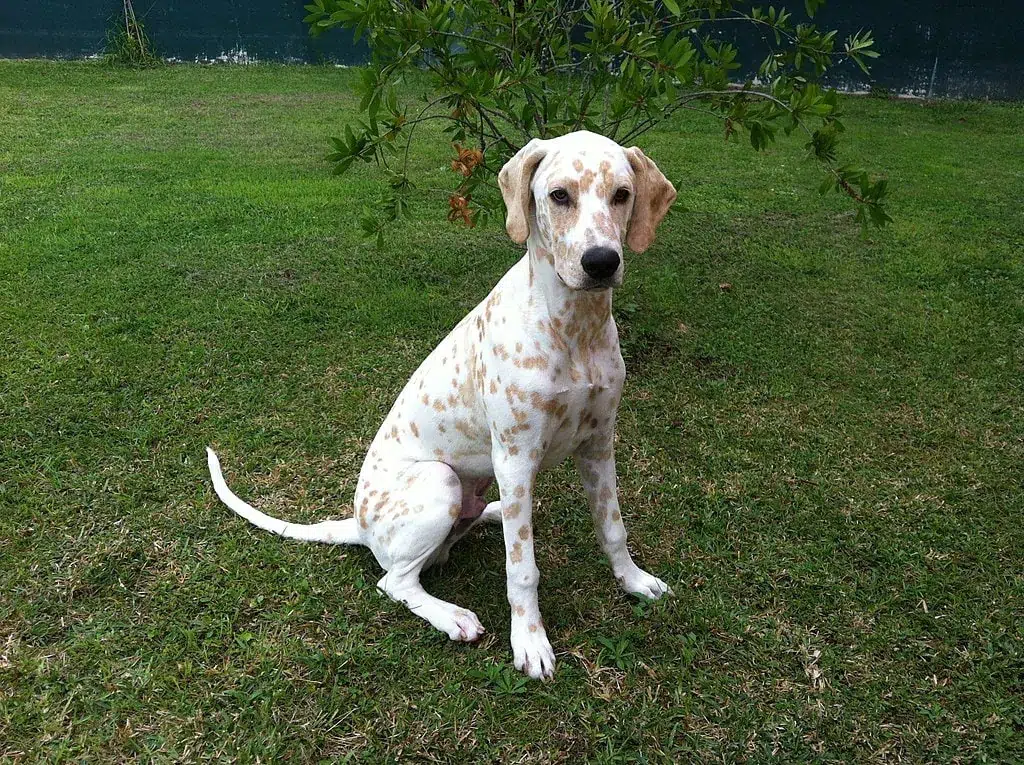
A lemon and white Dalmatian might look like they have freckles! Sometimes, it’s hard for the naked eye to distinguish between orange and lemon.
5. White, Black, & Tan
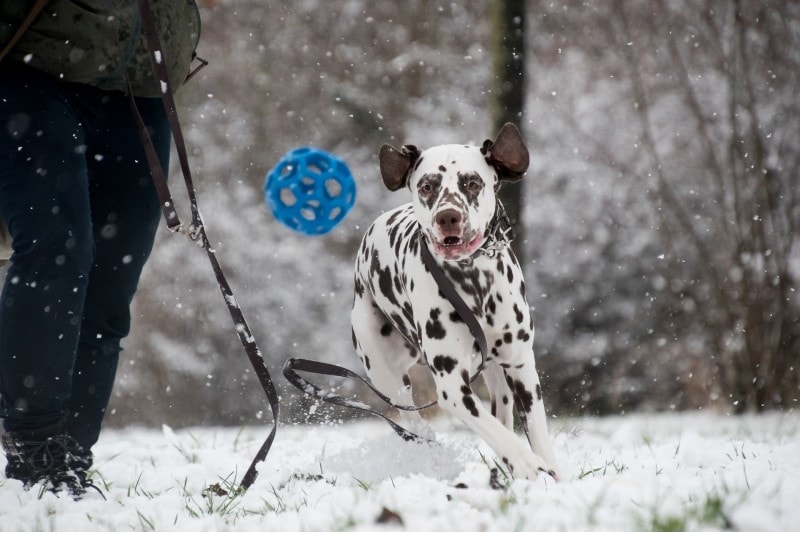
What is very interesting is that Dalmatians can have a tricolor pattern with white, black, and tan. These Dalmatians often look like they’re faded in certain spots, giving the coat a very creative overall look.
6. White, Liver, & Tan
In addition to the previous tricolor pattern, they can also be white, liver, and tan. The coat can have an even more diluted color frame, and it looks just as stunning! It is one of the rarest coat colors of all.
Additional Colors
The previous colors are the only ones accepted by the AKC. However, there are other coat colors as well. They include:
- Mosaic
- Brindle
- Trindle
- Two-Tone
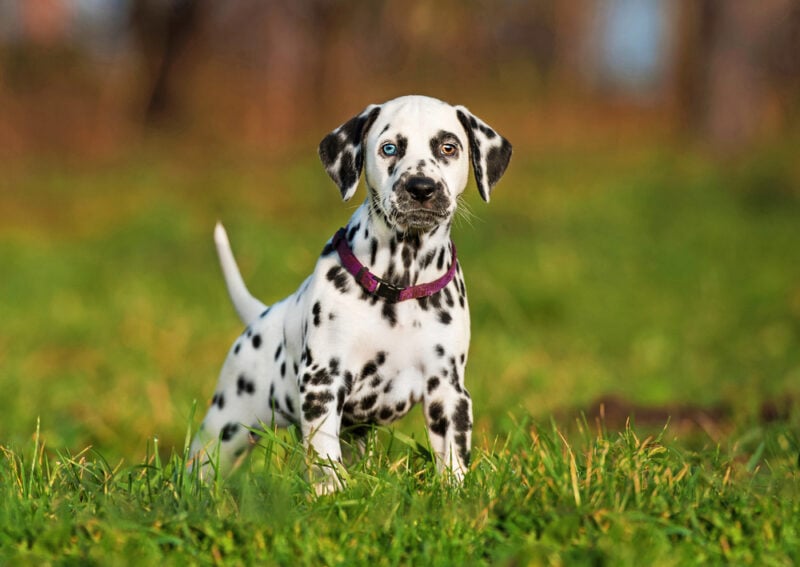

Dalmatian Breed Overview
Now that you know more about the coat colors, here are some key elements you must know before bringing a puppy home.
Personality
Dalmatians have exquisite personalities and enjoy playing with humans. These energetic dogs love visiting new places like dog parks, running outside, and playing interactive games. Dalmatians can get along with other pets and strangers, but if they’re not properly socialized, it can lead to social anxiety and other behavioral quirks.
Dalmatians are incredibly curious. They love exploring new surroundings and investigating the unknown. You will notice them using all of their senses on daily walks and cheerfully exploring interesting scents.
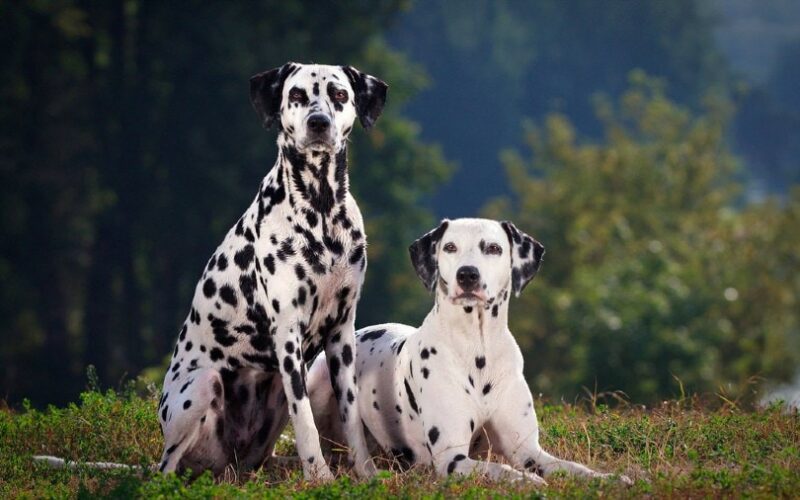
Diet
Dalmatians are very physically fit dogs that require a lot of daily exercise. Because of their extreme desire for activity, they need nutrient-dense, high-protein dog food that nourishes their muscles, bones, and other vital organs. They don’t necessarily require a specialized diet, and you can consult a veterinarian for healthy diet options. Your main options are dry kibble, wet dog food, and fresh dog food from subscription services.
A vet can help you determine the appropriate amount to feed your pup and provide brand recommendations. If your dog has allergies or food sensitivities, their diet may have to be tweaked to nourish their system correctly. However, they should only be on specialized dog food if directed by a veterinarian.
If you need to speak with a vet but can't get to one, head over to PangoVet. It's our online service where you can talk to a vet online and get the personalized advice you need for your pet — all at an affordable price!

Exercise
Dalmatians love exercising and running around the yard. You won’t have to convince them; they’ll do it on their own. Because of their high activity needs, they work best in homes with lots of room to run and play and a large fenced-in yard.
Often, having another dog or younger child around can motivate them to release energy appropriately. Every Dalmatian will be different, but most need at least 1½ hours of daily exercise. You can break this up into several play sessions and walks.
Your Dalmatian will love agility courses, playing fetch, jogging, scavenger hunting, and several other interactive activities.
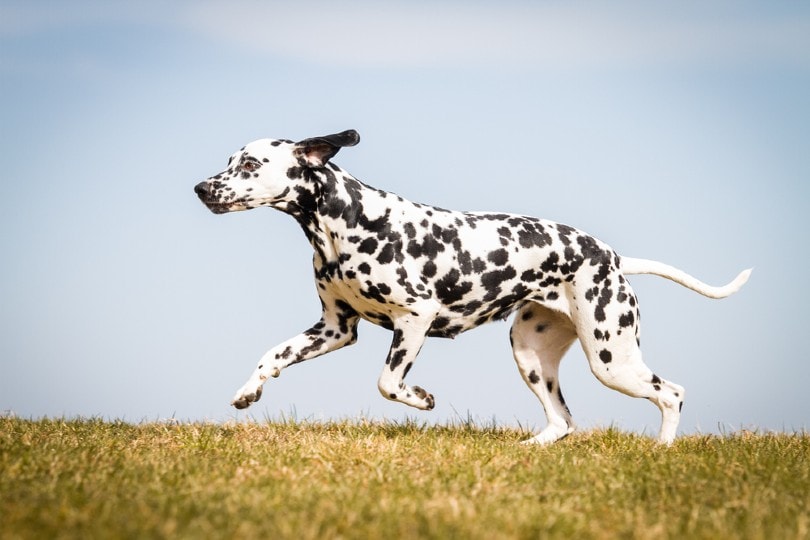
Health
Dalmatians are generally pretty healthy animals. However, one major issue is deafness. Incredibly, up to 30% of Dalmatians are either unilaterally or bilaterally deaf; they can lose their hearing on one or both sides.
Unlike other genetic health issues that can be weeded out with good breeding, breeders haven’t eliminated deafness. Dalmatians can also have a handful of genetic health issues, but not many. Maintaining regular vet appointments is vital since your vet can treat minor and serious issues before they progress.
Common health issues associated with Dalmatians include:
- Bladder stones
- Copper-associated liver disease
- Epilepsy
- Hip dysplasia
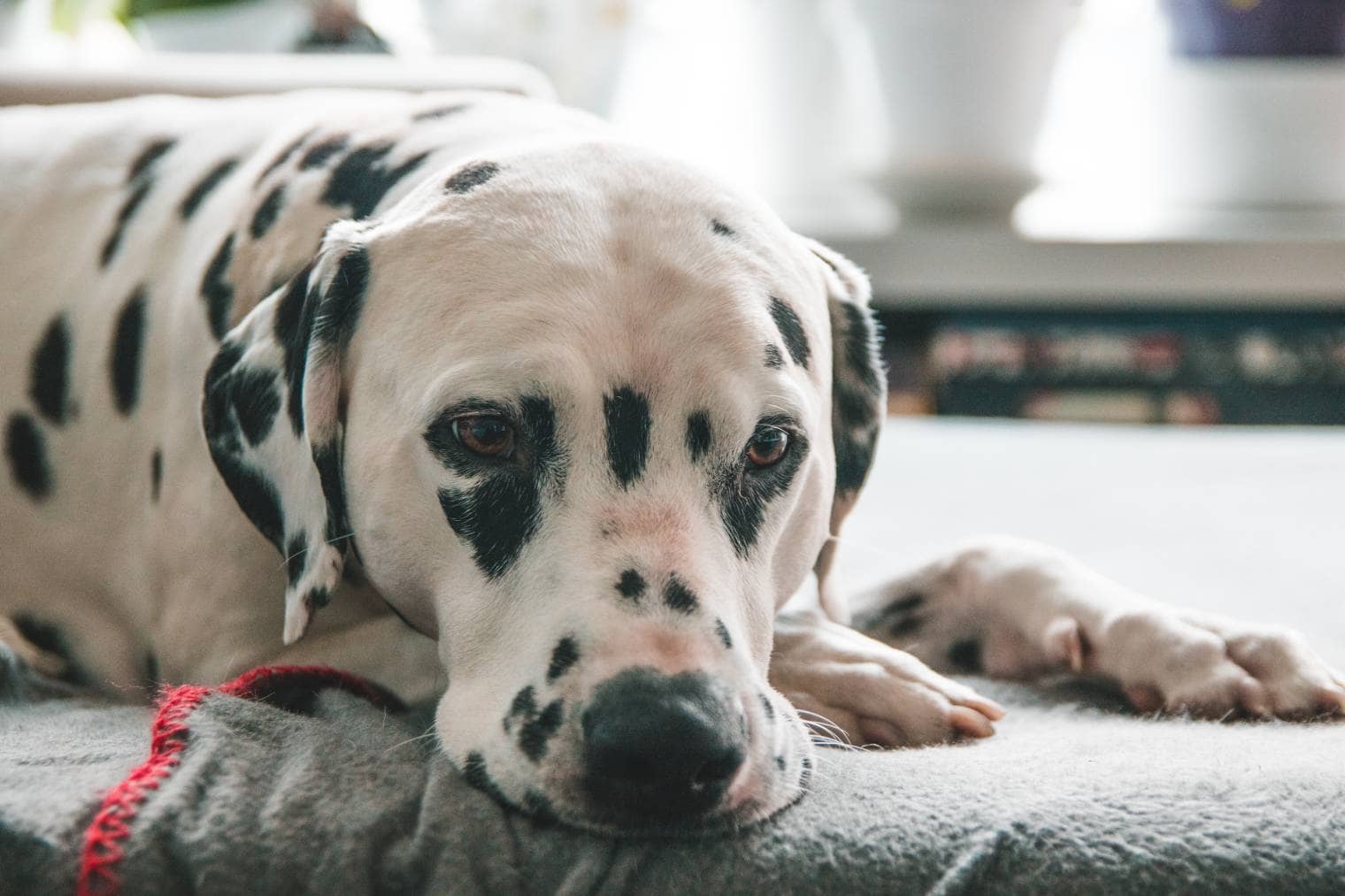
Cost
The cost of a Dalmatian puppy can vary quite a lot. Ultimately, it depends on the quality of the puppy, the breeder’s rates, and the area you live. The rarity of coat color can also significantly affect how much Dalmatian puppies cost.
Dalmatian puppies generally cost around $1,200. Most breeders require deposits and request a signature on a puppy contract. This is a good measure to ensure the puppy will never end up in a shelter if you cannot take care of them in the future.
You can also rescue a Dalmatian from a shelter. Most of the time, they are fully grown or have advanced into the juvenile stage. You can give a dog a second chance at a better life. If you choose this method, you can expect to pay between $150 to roughly $400.
Another beneficial aspect of adoption versus buying from a breeder is that all of the vetting has been completed before you take your dog home. Adoption usually requires meet-and-greets and certain stipulations to ensure this pet is going to the correct family.

The 5 Dalmatian Fun Facts
1. Dalmatians Have Lots of Nicknames
Dalmatians have a laundry list of nicknames. Some of them include:
- Plum pudding dog
- Spotted coach dog
- English coach dog
- Leopard dog
- Firehouse dog
- Carriage dog
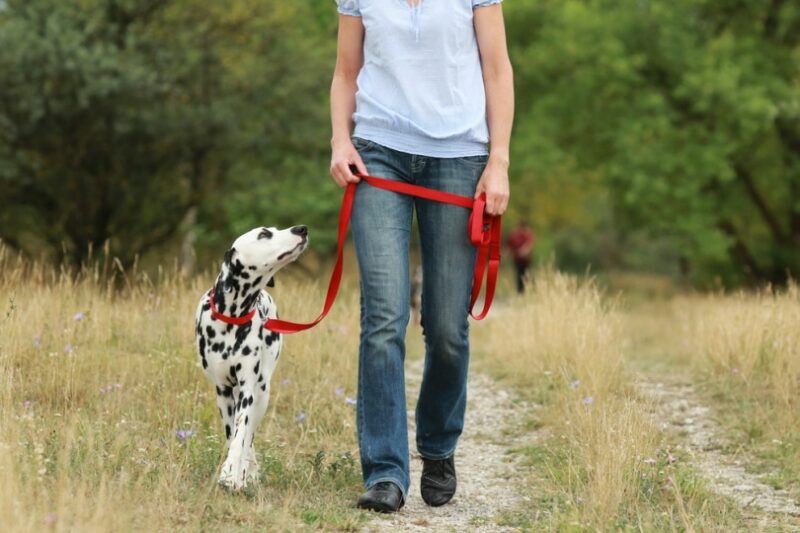
2. Dalmatians Are Famous On-Screen
You might already know this one. Dalmatians are no strangers to the camera. They became famous in films like Disney’s 101 Dalmatians. Real Dalmatian puppies were also featured in the live version of this movie.
3. Dalmatian Coats Are One-of-a-Kind
One incredible characteristic of the Dalmatian is that their color pattern is not seen in any other breed of dog across the AKC breeds list. What is surprising is that deafness is much higher in dogs with extreme white spotting, which is exactly what Dalmatians have.
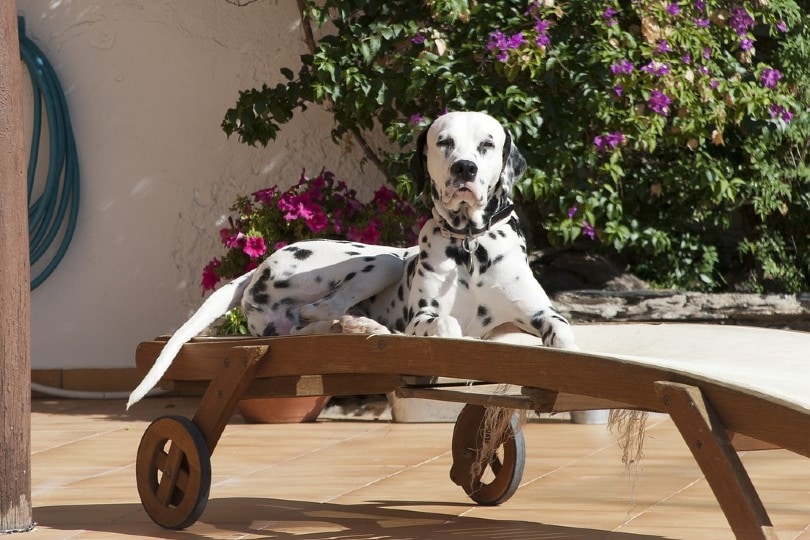
4. Dalmatian Puppies Are Born White
Even though Dalmatians develop spots, they are born completely white. They don’t start developing their spots until roughly 2 weeks of age. So it’s always interesting to see a pure white litter of puppies and watch the little surprises pop up all over their coats!
5. Dalmatians Were Fire Station Dogs
Once upon a time, Dalmatians were used in fire stations to help firefighters with their jobs. They are highly compatible with horses, so they were trained to run in front of the engines to clear a path for horses and firefighters.
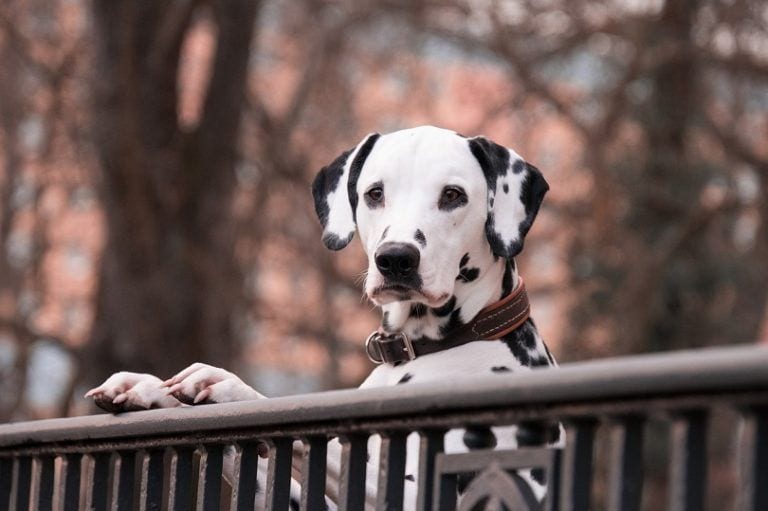

In Conclusion
Dalmatians are unique due to their coat patterns and colors alone. They are one of a kind, and their coat patterns have awed geneticists all over. Not only are Dalmatians magnificent specimens, but their personalities are also fantastic as well. If you have an active lifestyle and love being on the go, a Dalmatian is undoubtedly a friendly pal to have in your corner.
Featured Image Credit: MabelAmber, Pixabay
